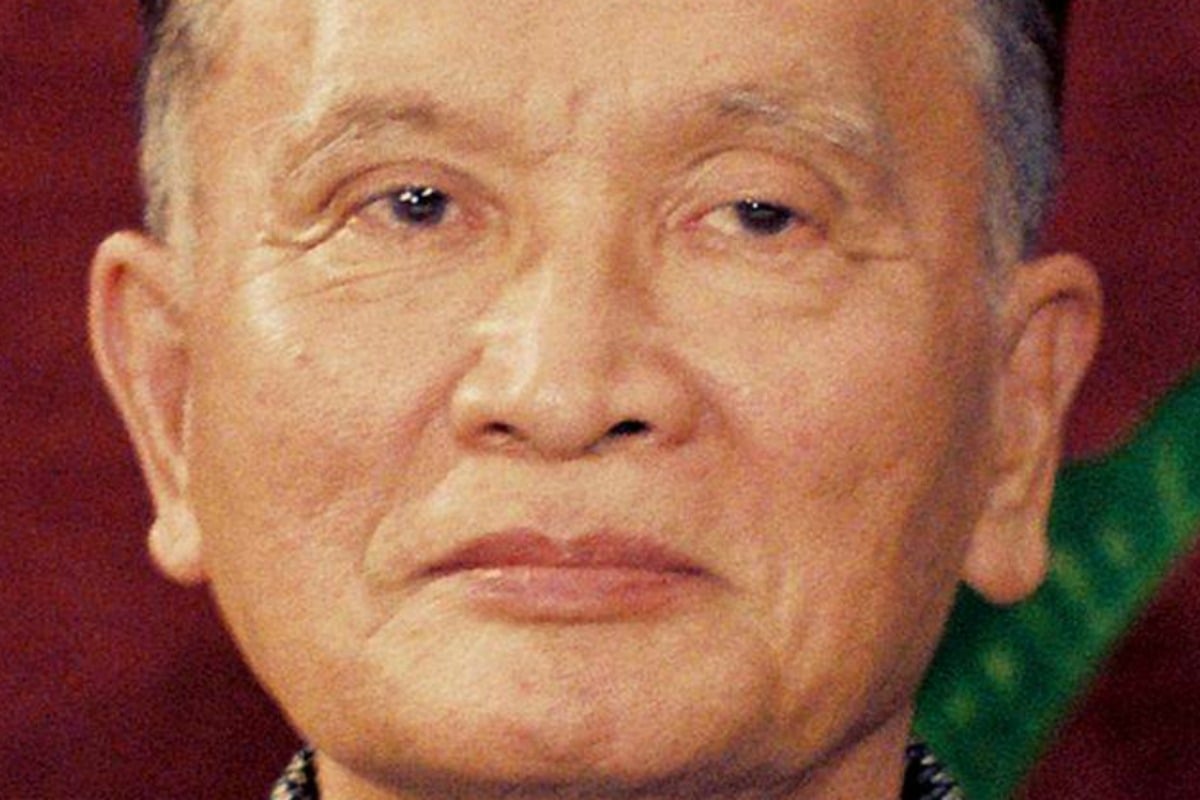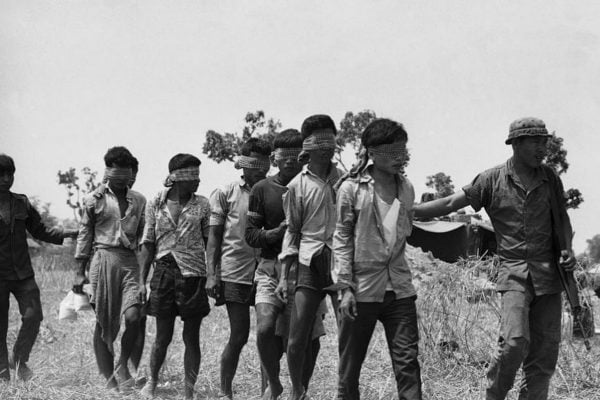
At the age of 93, a man named Nuon Chea died peacefully in a hospital bed.
We do not know what he died of. We do know, however, that he spent the last month of his life in hospital, warm and clean, where we can assume doctors did everything they could for him. He would’ve experienced as little pain as possible, and his wife did not leave his side.
It wouldn’t have been like the deaths of his victims.
The doctors tending to him had to have known that Chea was not an ordinary, elderly man.
Rather, Chea was a senior member of Cambodia’s Khmer Rouge, a regime responsible for one of the most lethal reigns of terror the world has ever seen.
In a period of just four years, the Khmer Rouge murdered one quarter of the Cambodian population, estimated to be somewhere between 1.5 to 3 million people.
Beginning in 1975, the Khmer Rouge executed ethnic minorities, professionals, intellectuals, and almost anyone who had an education. They executed people who had connections to past governments, as well as Christians, Muslims and Buddhists. They executed artists and musicians, and many who lived in cities. They executed people who wore glasses.

Pol Pot, the leader of the Communist Party of Kampuchea (the Khmer Rouge served as their armed forces) known to history as a "genocidal tyrant" sought to create a "master race" through social engineering.
He idealised the rural, agricultural communities that worked on the land, and imagined a Cambodian utopia untouched by the evils of wealth and religion. Pot's vision was regressive, wanting to take the country back to a time before technology or development.
In Cambodia, renamed Kampuchea, 1975 became 'Year Zero'. History was erased, and the culture – as well as much of the population – was to start from scratch.




























































































